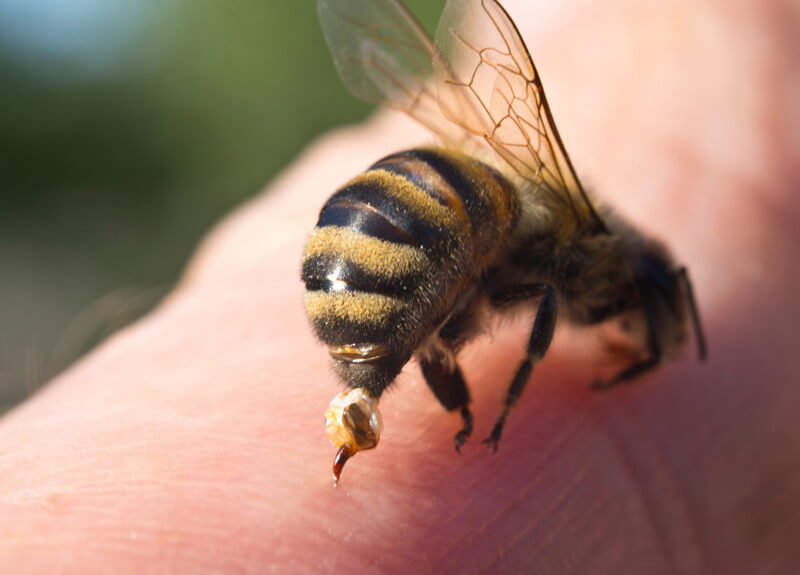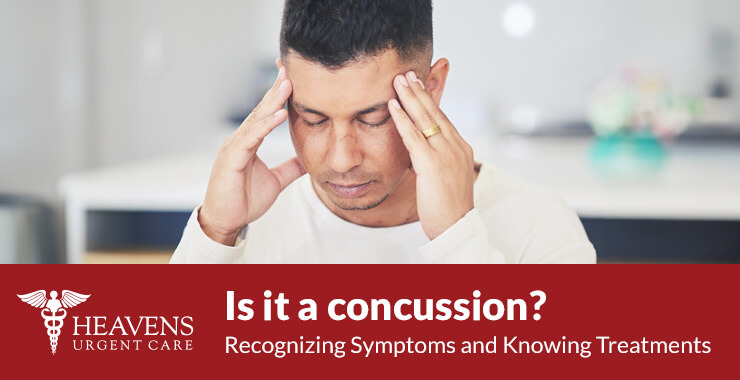In the Arizona desert, insect bites and stings are a common occurrence. Most of the time these annoying bites and stings itch, burn, and cause some discomfort, but some can be dangerous to your health.
What Bit Me?
There are at least 12 Arizona bugs that bite. Most are not lethal and tend to be mildly harmful, but if, at some point, an allergic reaction or infection occurs it helps to know what pest bit you.
Black Widow and Brown Recluse Spiders
Black Widow and Brown Recluse Spiders are Arizona’s most common and deadliest spiders. The venom from spider bites can cause symptoms such as dizziness, fever, nausea, itchiness, and inflammation around the bite area. You should seek medical attention if you suspect a spider has bitten you and is causing adverse symptoms. Click here to download a PDF of Arizona’s Biting, Stinging, Venomous Insects. (From Arizona Poison and Drug Information Center)
Conenose Bugs
Just like mosquitoes, Conenose Bugs will bite at night, but it’s likely that you will not notice the small bites because they are typically painless at first. Later, those bites that are generally found on the feet, arms, face, and head may begin to itch, swell, and scar. In more serious cases, bites from a conenose bug can cause breathing difficulties and low blood sugar. Seek immediate medical attention in case of severe allergic reactions.
Bee and wasps
Bee and wasps protect themselves by forcing the tip of the stinger through the skin of the victim. They generally leave the stinger, poison sac, and attached muscle in the victim’s skin. The venom sac attached to the stinger may continue to inject venom even after the bee has detached.
If you a person is not allergic to Hymenoptera venom, the danger of a severe reaction will depend on the number of stings and where a person is stung. Generally, with a single sting anywhere on the trunk or the limbs, the risk of reaction is classified as low.
A low reaction will result in immediate localized pain, itching, redness, and swelling at the sting site which should resolve in a few hours. Sensitive individuals may have more severe reactions: welts, itching palms and feet, headache, nausea, vomiting, and labored breathing.
If you, or someone you love, is stung on the neck or throat area, inside the mouth, or in the gastrointestinal tract (commonly occurring when the insect is swallowed along with a beverage), there is a moderate risk for complications, and you may wish to seek medical attention without delay.
For many years it was thought that bee stingers should be removed by scraping. Now we know that the bee’s stinger should be removed as quickly as possible, by any means possible.
We recommend that the progression of symptoms be watched carefully, especially in the first hour following a sting.
Mild local symptoms may be relieved by taking antihistamines. More severe or rapidly progressing symptoms may require aggressive, life-supporting therapy in a healthcare facility. Patients demonstrating hypersensitivity should obtain an emergency kit to be carried at all times.

Fire Ants
Arizona is home to the common red imported and native Fire Ants. These two types of ants pack a painful bite, that will require medical attention if a severe allergic reaction occurs. Fire ants live in large colonies and can be found on golf courses, lawns, parks, and garden areas. When a colony is triggered, Arizona fire ants inflict multiple bites, while injecting their venom into the host.
Blister Beetles
Blister Beetles do not bite or sting but produce a toxic substance, called cantharidin. Contact with cantharidin can cause painful, itchy blisters on any part of the body the beetle crawls on or touches, including the legs, arms, skin, neck, and face.
The Brown Dog Tick
The brown dog tick is the most common type of tick in Arizona. Although these ticks prey on dogs, they can also migrate from a dog to a human. This is a danger because brown dog ticks can spread Rocky Mountain Spotted Fever. Symptoms of Rocky Mountain Spotted include a rash with a fever, headache, and joint pain. If you experience these symptoms, after finding a tick on your body, seek immediate medical treatment.
Bark Scorpion
There are more than 60 species of scorpions in Arizona, but the Bark Scorpion (Centriroides exilicauda) is so aggressive, it’s best to be alert and vigilant.
Bark Scorpions can be found under rocks and in tree crevices and unfortunately can be found hiding out in homes. They live in colonies of up to 30 and can grow to be about 3-inches long. Bark Scorpions produce an extremely serious venom that leads to muscle twitching and numbness. In extreme cases a scorpion sting can lead to convulsions, breathing difficulties, and paralysis.
Home Treatment for Mild Reactions
- If there’s a stinger, gently remove it
- Wash the bite or sting with soap and water
- Apply a cold pack or ice to the area for 10-20 minutes
- If possible, elevate the injured area
- For itching, take and OTC antihistamine
- For pain, take ibuprofen or acetaminophen
- Apply a topical cream or ointment, like a hydrocortisone cream – or try a baking soda paste or calamine lotion to help manage itching and discomfort
If any redness, swelling, or hardening of the skin around the bite gets worse get worse over 24 to 72 hours, be sure to schedule an appointment with a team member at Heavens Urgent Care. When in doubt seek medical attention.
When a Bite or Sting Requires Urgent Care
In some people, an insect bite or stings can trigger an allergic reaction that makes it essential that they see a medical provider. Allergic reactions occur because your immune system overreacts to a foreign substance.
Researchers have found that up to 8% of people[1] experience a significant allergic reaction to an insect bite or sting at one point in their lifetime.
Several mild to severe symptoms can be seen or felt during an allergic reaction. They include redness or flushing, swelling, itching, hives or a rash, and pain.
If you get stung or bitten and have a mild reaction, follow the recommendations for home care, listed above. If your symptoms don’t go away after 24-72 hours, or if they get worse, start with a virtual medical visit in the privacy of your own home.
IMPORTANT: In about 3% of adults[2], an allergic reaction to a bite or sting can cause a potentially life-threatening condition called anaphylaxis.
Signs of an anaphylactic reaction include:
- Difficulty breathing
- Swelling in your lips or throat
- Accelerated heart rate
- Dizziness and vomiting
If you or someone you love experiences any of the above symptoms after getting a bite or sting, don’t wait to seek medical care. Call 911 or head to your nearest emergency room.

Prevention is Best
Minimize skin exposure with protective clothing and repellents. Avoid highly perfumed products and keep picnic/barbeque foods covered. We also suggest that you take extra precautions if you’re traveling to areas where mosquito- and tick-borne diseases are common.
If you’ve had a previous allergic reaction to an insect bite, make sure you are familiar with any symptoms, in case it happens again.






